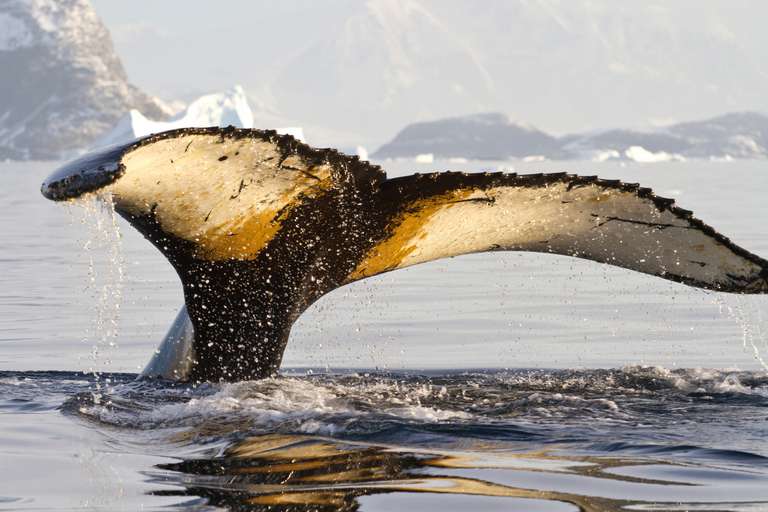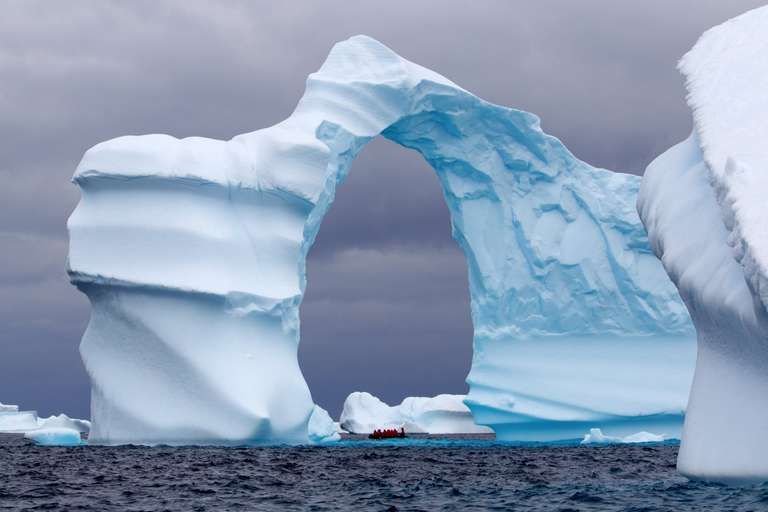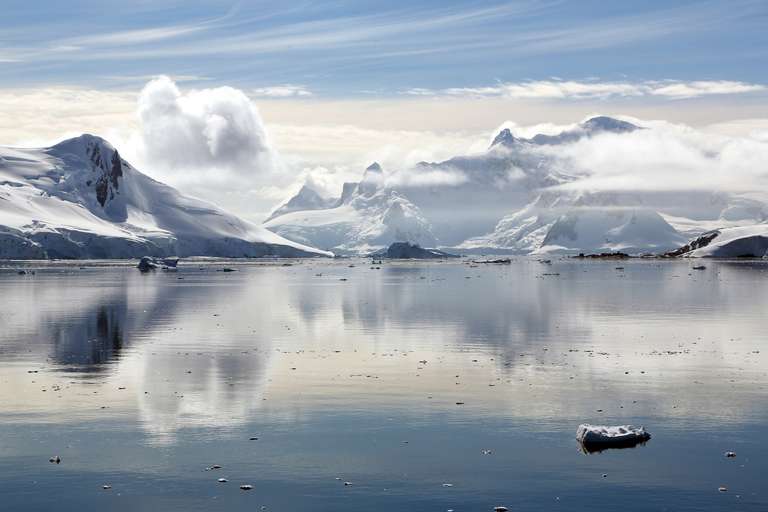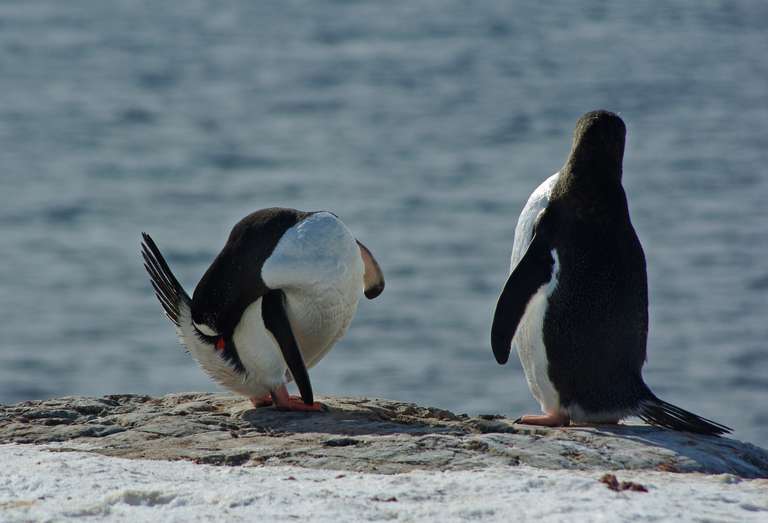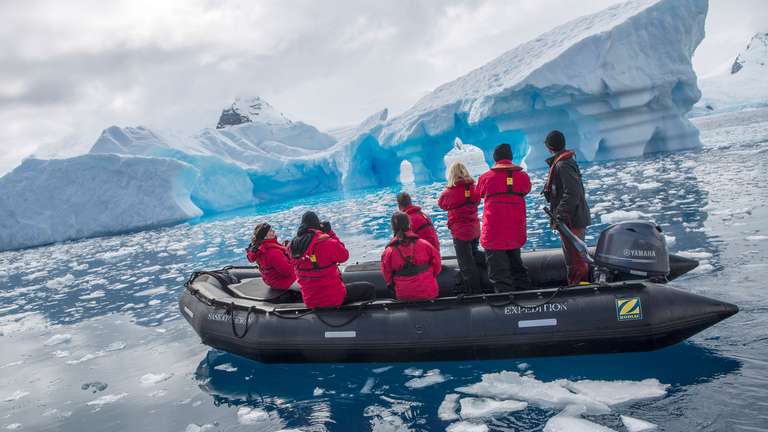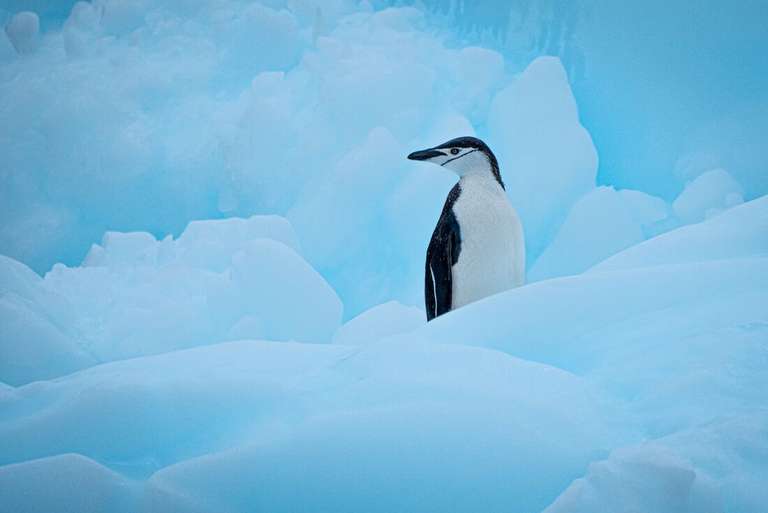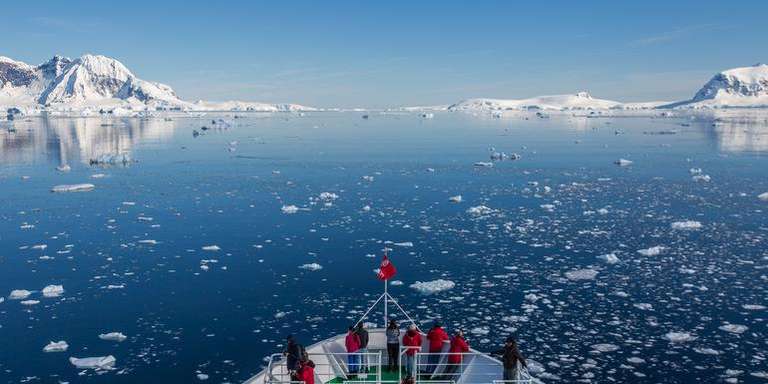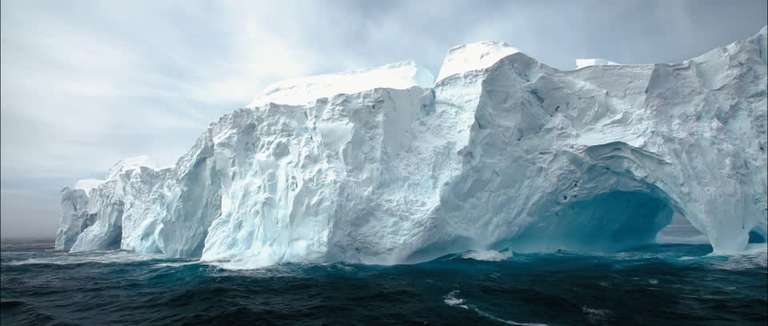Hiking in Antarctica: All You Need to Know

Things to Consider When Choosing a Hike in Antarctica

An Antarctica hike is sure to be unlike anything you have experienced. So, here are a few things you should consider before embarking on an Antarctica hiking tour:
- Maintain a reasonable fitness level: As earlier emphasized, the terrain in Antarctica is rugged and challenging, thus it is vital to be reasonably fit before attempting a hike in the region.
- Find a hike suitable to your level of experience: Antarctica hikes have varying levels of difficulty. Consult your tour guide to know how difficult a hike is before going for one.
- Plan for waste disposal: It is forbidden to leave any kind of human waste in Antarctica. So, you should have a special bottle for peeing in case nature calls during the hike. And remember to empty your bowels before disembarking from your ship.
- Emergency help is not readily available: The farther you are from your cruise ship, the more difficult it will be to access emergency help. If you have serious health issues, you might have to think of other, less challenging adventures.
How to prepare for hiking in Antarctica

Adequate preparation is an important part of any successful Antarctica hike. Below are a few points to note:
- Bring sunblock and sunglasses: The rays of the sun from the ice and snow can prove brutal and even an hour of hiking could leave you with sunburns. So, carry sunblock cream with an SPF factor of higher than 30 and a pair of sunglasses for your hike.
- Carry a unique collection bottle: As mentioned earlier, you cannot leave human waste in Antarctica. The urine bottle would come in handy if you have to answer nature’s call.
- Wear layers of thick and thin thermal gear: You may be surprised that it gets warm in Antarctica, but it sure does. So dress in layers, so that you can peel off your clothing items when the sun comes up during the hike.
Other items you may need include:
- Stainless steel water bottle: To stay hydrated
- Standard hiking clothing: You are likely to need all the elements in your hiking gear.
- Solid hiking boots: Remember you will be making your own trails as there are none, thanks to ice and snow.
- Thermal gloves and hats: The weather is already cold enough, but it gets even colder as you climb.
- A pair of thick and thin socks: Wear both initially and switch as the weather dictates.
Quick Facts
| Best time to hike | The best time to hike in Antarctica is during the Austral summer, typically from November to March, when temperatures are relatively milder, and daylight hours are longer. |
| Recommended duration | Antarctica hiking tours often range from several days to a few weeks, allowing participants to experience the unique landscapes and wildlife. |
| Peak season | The peak season for hiking in Antarctica coincides with the Austral summer months, from December to February, when weather conditions are most favorable, and wildlife activity is at its peak. |
FAQs
1. Can you hike in Antarctica?
Yes, it is possible to hike in Antarctica. However, access to the continent is highly restricted; travelers can generally visit the continent through organized tours and expeditions approved by the International Association of Antarctica Tour Operators (IAATO). These tours often require specialized gear, experienced guides, and careful planning due to the extreme conditions and remote location of the continent.
2. Do hiking activities in Antarctica cost more?
Yes, hiking tours in Antarctica tend to be more expensive than traditional hiking trips in other locations. The remote and extreme conditions of the continent make logistics and infrastructure challenging, contributing to the higher costs. Travelers should be prepared for a significant investment in the form of tour fees, equipment, and other associated expenses.
3. Are polar hiking safe?
Polar hiking, including hiking in Antarctica, comes with inherent risks due to the harsh and unpredictable environment. However, guided tours and expeditions prioritize safety, providing participants with the necessary equipment, information, and experienced guides. Participants need to follow safety guidelines, adhere to group instructions, and be adequately prepared for extreme conditions to ensure a safe and enjoyable experience.
4. How long does it take to walk across Antarctica?
The time it takes to walk across Antarctica depends on various factors, including the starting and ending points, the route taken, and the mode of transportation. Traditional expeditions, such as those involving skis, sleds, or on foot, can take several weeks to several months. The fastest known crossing was completed by an expedition team in 2017-18, taking approximately 54 days. However, the vast majority of visitors do not attempt to walk across the entire continent due to its immense challenges and logistical complexities.


